Whether you’re living full-time or part-time in Mexico, engaging in its many traditions is a great way to get to know the culture. Many people recognize Mexico for its beautiful white-sand beaches and picturesque Caribbean Sea. But there is much more than just that. The culture in Mexico is like no other. Its gastronomy is diverse and delicious. Unsurprisingly, UNESCO declared it a World Heritage. You will be enriched in the heritage and the Mexican holidays and traditions, regardless of where you decide to spend your retirement. Here are the most popular Mexican holidays to celebrate throughout the year.
Mexico Independence Day
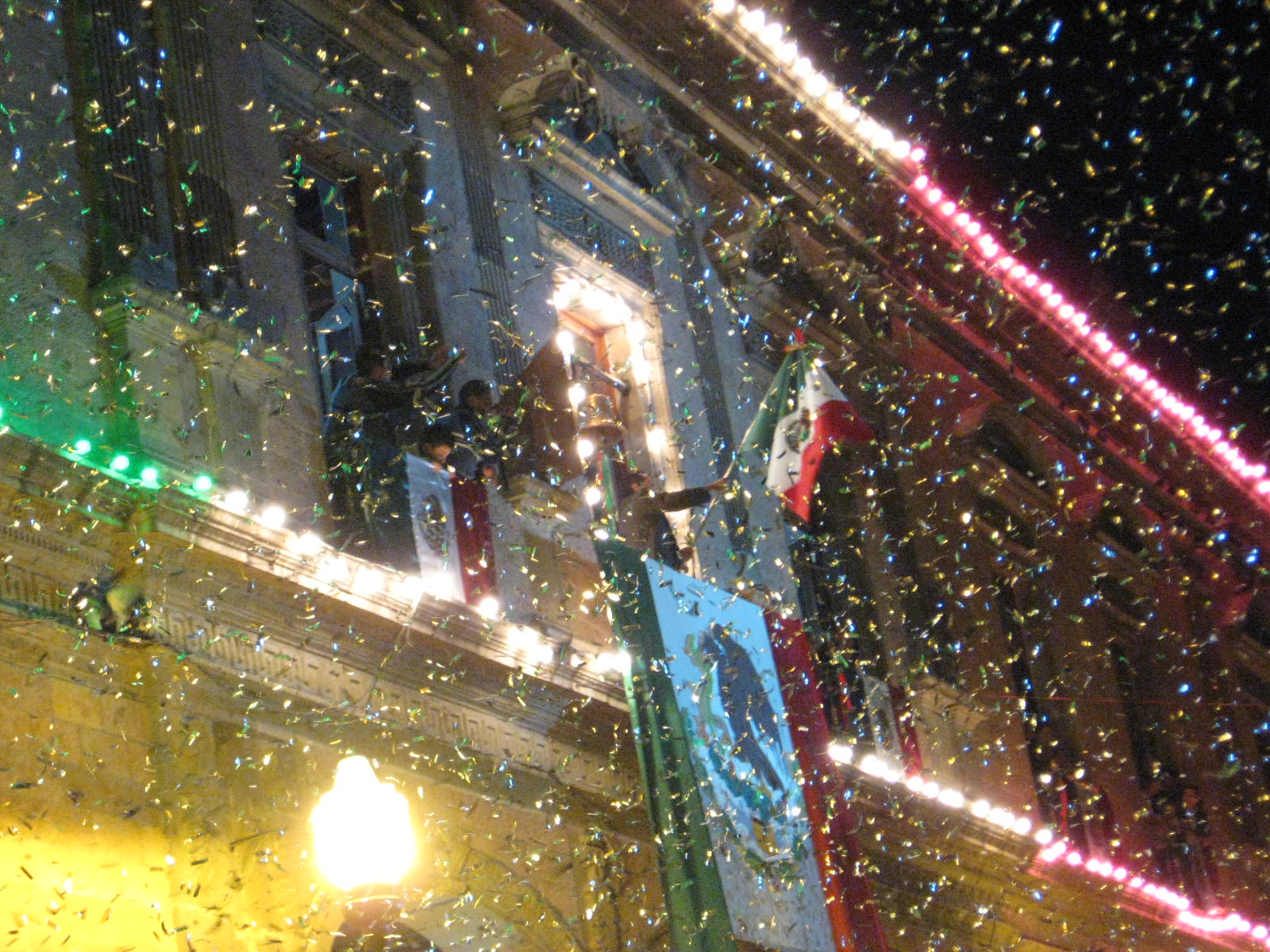
While many confuse it with Cinco de Mayo, Mexican Independence Day is actually celebrated on September 16th. They became independent from Spanish governance in 1810, now marking 208 years of freedom. This is one of the largest celebrated Mexican holidays throughout Mexico, comparable to July 1st in Canada or July 4th in the United States. During this time, you will see Mexicans proudly wearing the colors of their country: red, white and green. The celebrations include parades, fireworks and dances in many cities. At home, locals prepare an array of traditional dishes such as pozole and chiles en nogada, which are the trademark foods for the holiday.
At 11pm, the President comes out to the balcony at Mexico City’s National Palace to give the Grito de Dolores. Miguel Hidalgo y Costilla gave this famous speech at the town of Dolores in the early morning of September 16th, 1810. This marked the beginning of the fight for independence. The President repeats the speech each year, while Mexicans cry back “viva” after celebrating famous names that brought the independence to Mexico. At the end, he yells “Viva Mexico” three times, ringing the bell, marking the beginning of the celebration. The Municipal Presidents of major city squares replicate this tradition, as well.
Day of the Dead
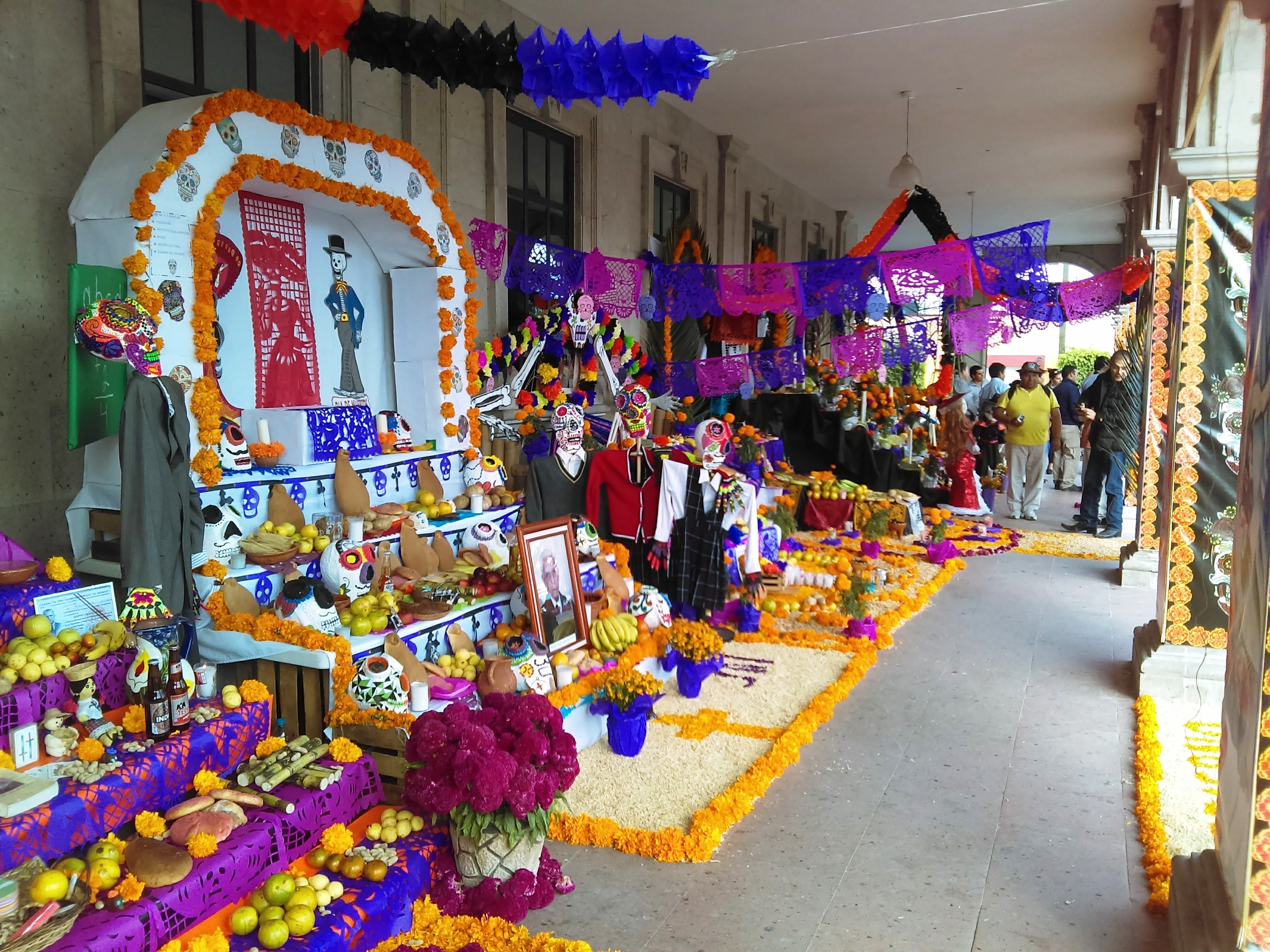
This is perhaps one of the most widely known Mexican holidays across the world. Mexicans do not grieve death like other countries do. In fact, death becomes a celebration of someone’s life and is very colorful. Day of the Dead takes place on November 1st and 2nd. Locals celebrate Dia de los Inocentes (Day of the Innocents) on the 1st, which celebrates the life of children who have passed. The second day is Dia de los Difuntos (Day of the Dead), which celebrates adults.
The holiday celebrates all loved ones who have passed by visiting them at the cemeteries with the whole family bringing them offerings of their favorite stuff in life. The central piece is the pan de muerto (day of the dead bread), which is a bread that resembles a bone structure. Sugar skulls are also a popular snack. Mexicans put up shrines throughout the house and office with pictures of the lost ones and their favorite foods and drinks. Mexicans widely believe that during these two days the dead are allowed back into the living world. They get to spend time with their family, but only those whose family set up a shrine with their photograph.
Christmas and Posadas
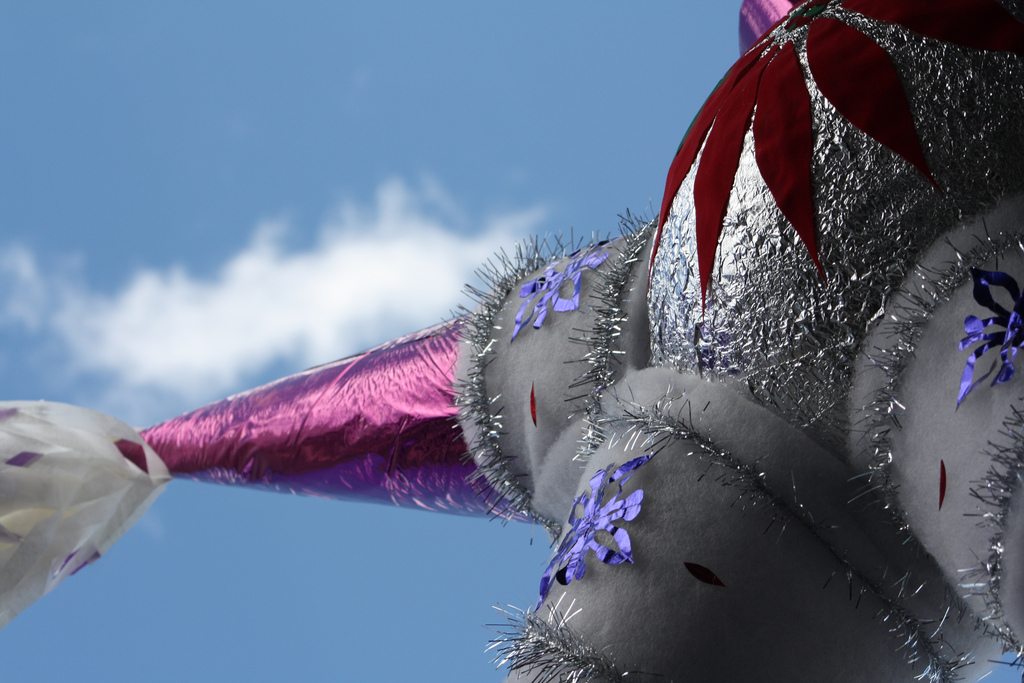
While Christmas is a world-wide holiday, Mexicans have a unique take on it. Mexico is a very Catholic country, and so they do the traditional posada fiesta. Posada means inn or lodging in Spanish; however, during the nine days leading up to Christmas, they become a celebration of the biblical story of Mary and Joseph’s journey to Bethlehem. Families and friends get together to reenact the journey. The family divides itself in two, one staying inside the house and the other outside. The people outside represent Mary and Joseph on their journey, while the ones inside are the ones who will allow them to stay the night so Mary can give birth to Jesus.
There is a lot of caroling and other rituals that take place. While not many people today actually celebrate Catholicism, it has become a trademark tradition that will never disappear. The posada is not only centered on the journey, but on spending time with loved ones. Matriarchs make plenty of food and drinks to go around. They bring out the piñata later to take a swing at. You will find star-shaped piñatas with seven points, representing the seven deadly sins. By breaking it, you are symbolically breaking free from sinning. People fill the piñatas traditionally with fruits such as sugar canes, oranges, jicama, and others. However, today, people put their own spin to it by adding candies and other things.
The Posadas and Christmas time in Mexico are a true celebration of the culture. You should definitely witness it in all its glory and learn about the comradery that is born from this tradition. This is definitely one of the most celebrated Mexican holidays.
Cinco de Mayo
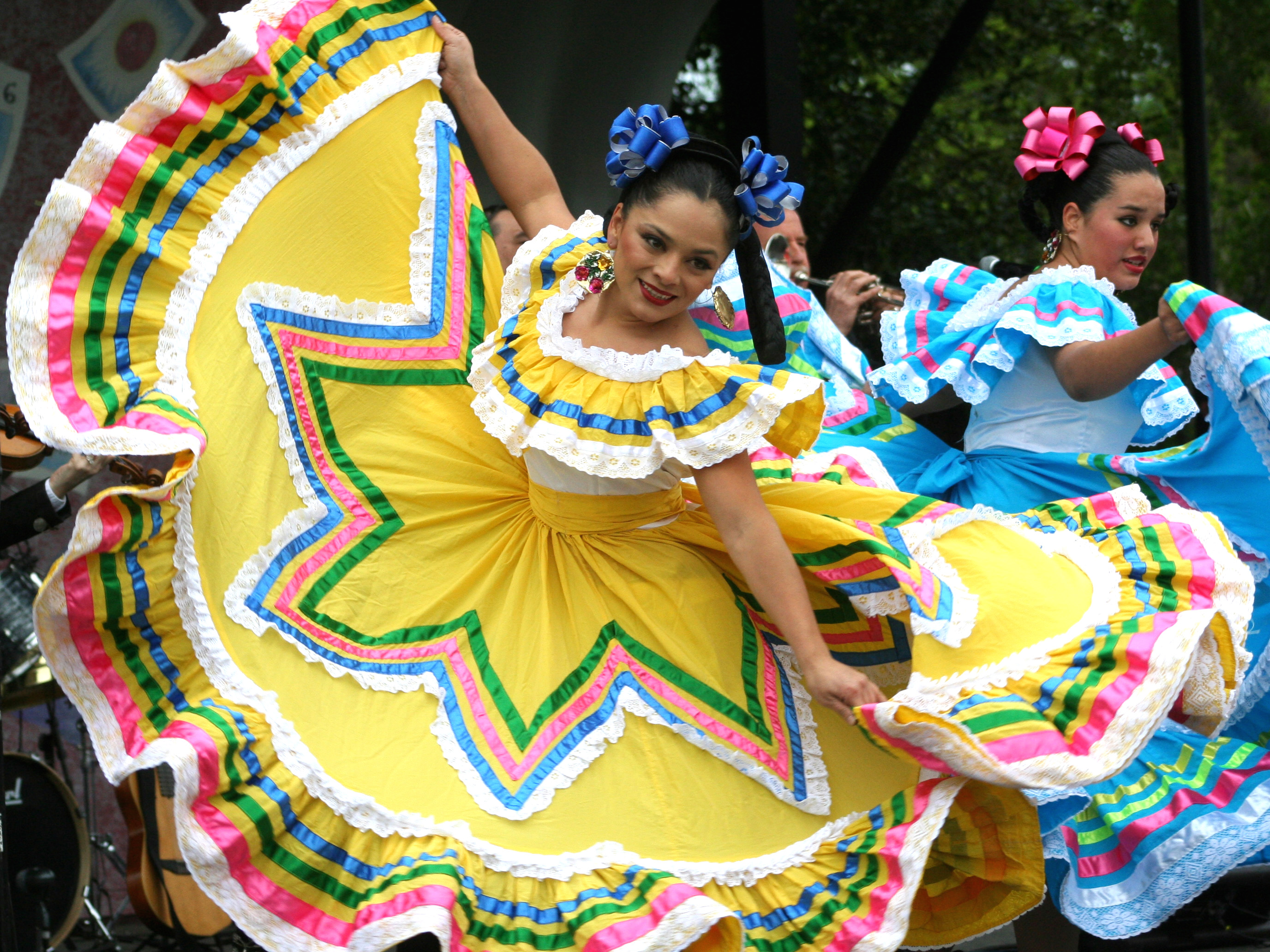
The first thing to do is open with a disclaimer. Cinco de Mayo is not actually a nation-wide celebration, and it is, by no means, Mexico’s Independence Day. In 1862, Mexico was under French governance. Mexican troops defeated one of the largest French armies at the time, during the battle of Puebla, on May 5th. While Mexico lost the war, the battle spread a sense of much needed pride throughout Mexico.
Funnily enough, the quick outpouring of celebrations didn’t start in Mexico itself, but in the United States. When Mexican-Americans received word of the small victory, they fired their guns into the air and celebrated their Mexican heritage. However, the state of Puebla does celebrate Cinco de Mayo every year. Locals even get the day off from school and work. Years later, in the mid-1900s, Corona Beer was looking to enter the American market and launched the Drinko the Mayo campaign. This brought the holiday back into the eye of many people, who started celebrating it since.
Mariachi Music
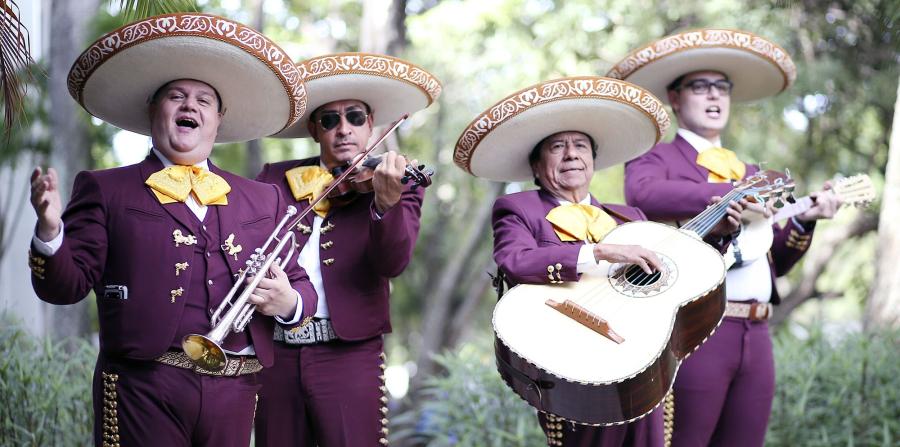
If you have been to Mexico, you are probably aware of what Mariachis are. These musicians are everywhere throughout Mexico. They liven up family reunions, restaurant dinners, weddings, and other celebrations with their traditional Mariachi music. You will recognize Mariachis due to their studded attires and large hats. The tradition dates back to the 18th century and, since 2011, the musical expression is a UNESCO Intangible Cultural Heritage.
With so many lively and colorful traditions, Mexico is a great place to live at year-round. Almost every month there is a celebration taking place. When there isn’t something marked in the official calendar, you can trust Mexicans to make an excuse to celebrate something. If you want to experience these Mexican holidays and cultural traditions with locals and in their true expression, it’s time to start considering retirement in Mexico. Take a look at all our properties in Playa del Carmen and the Riviera Maya.
And remember, at Top Mexico Real Estate…we make it happen!
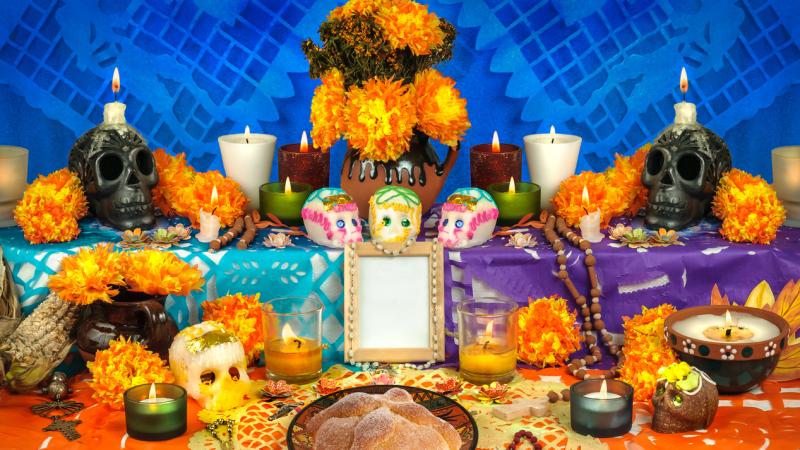


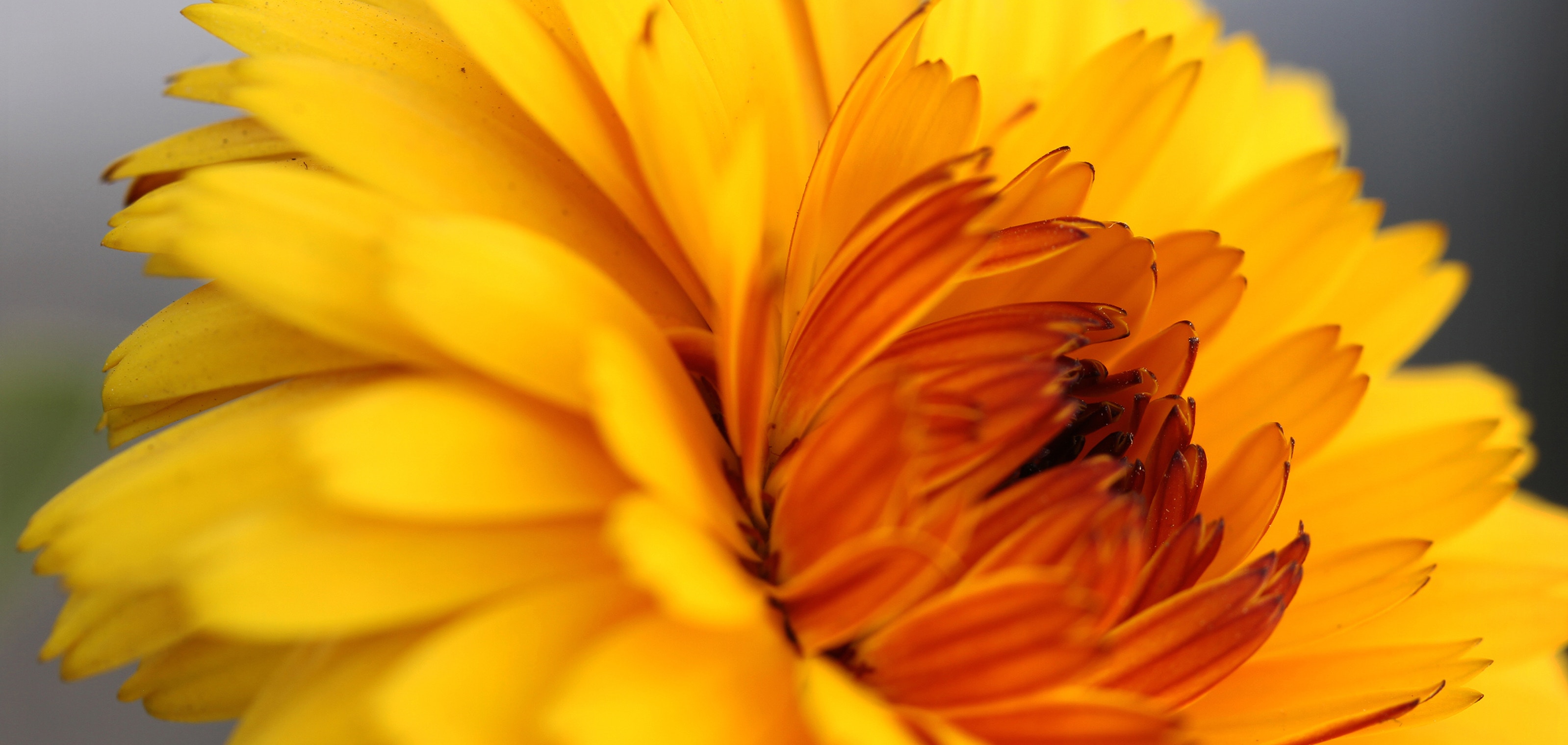
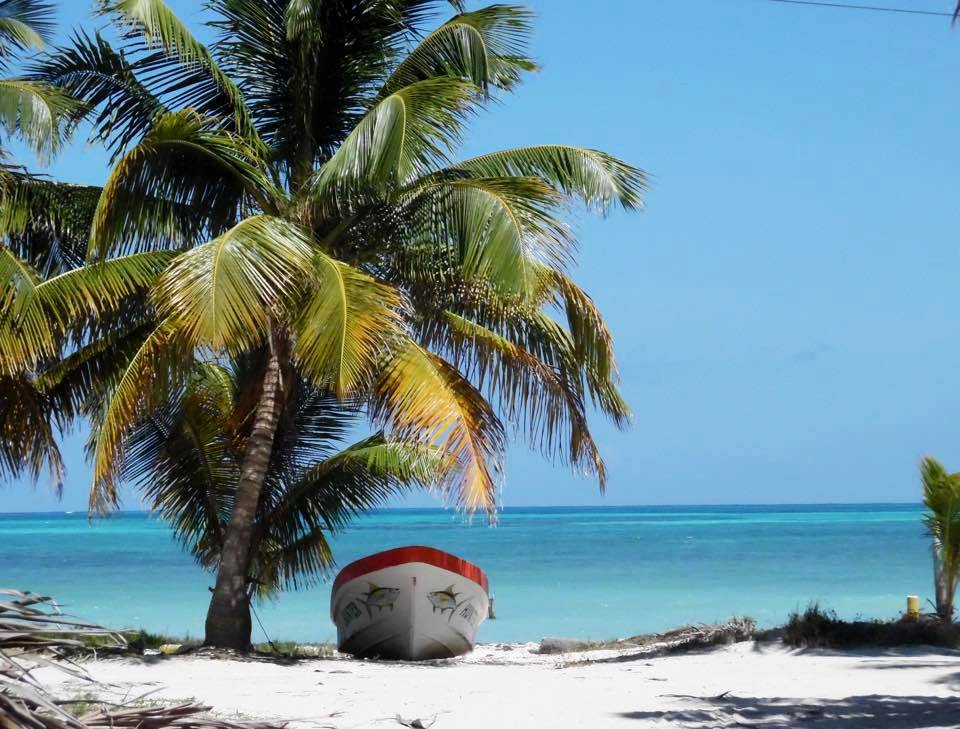
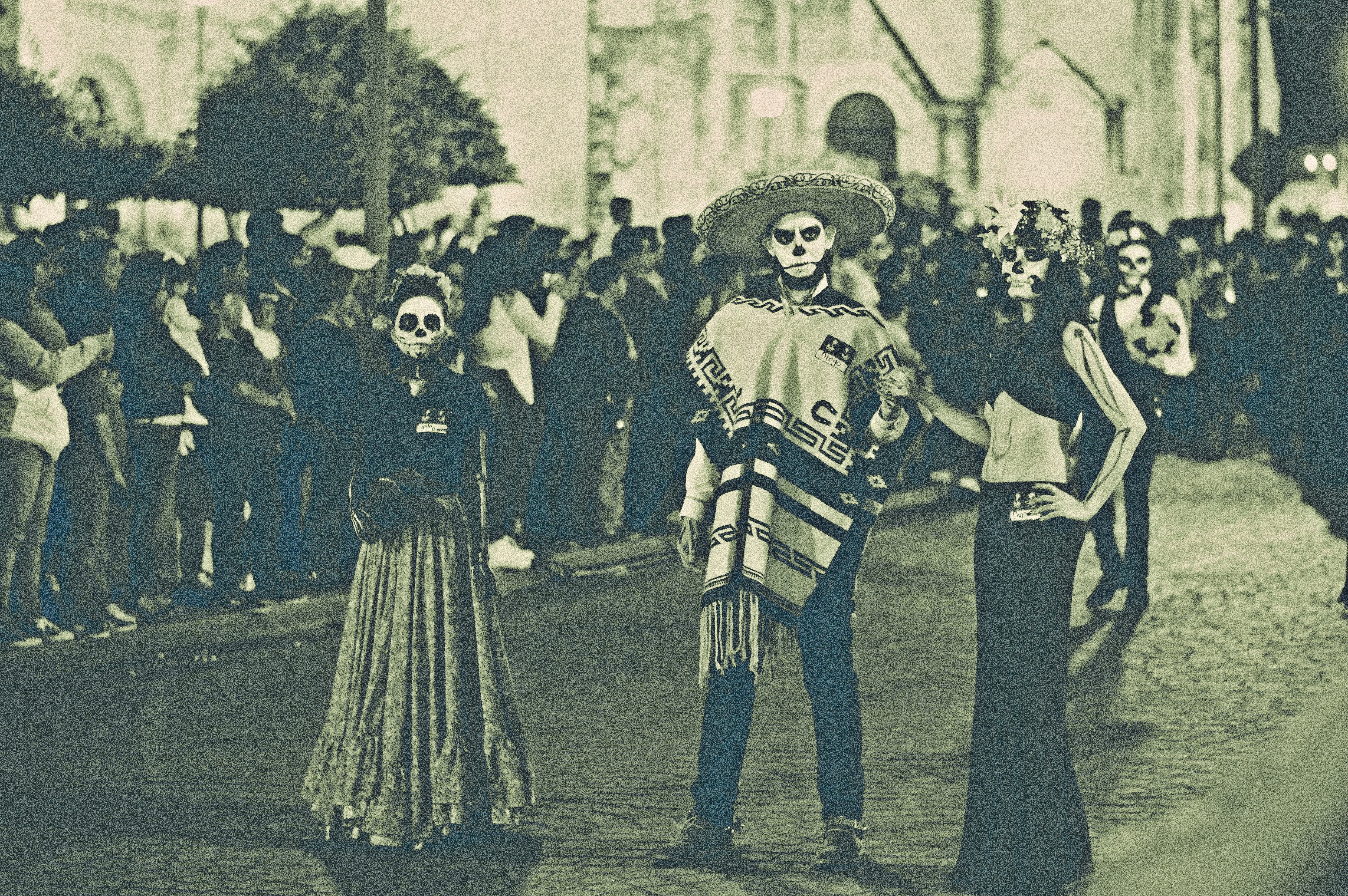





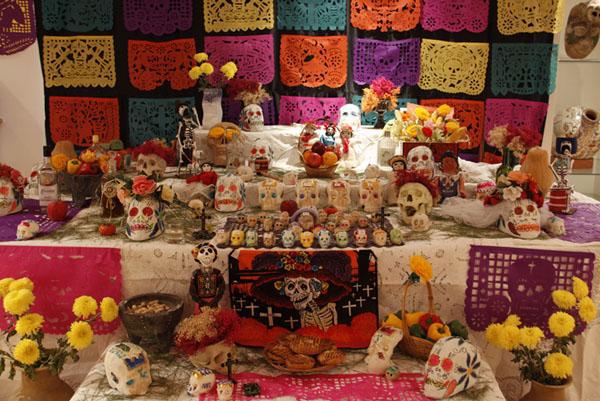



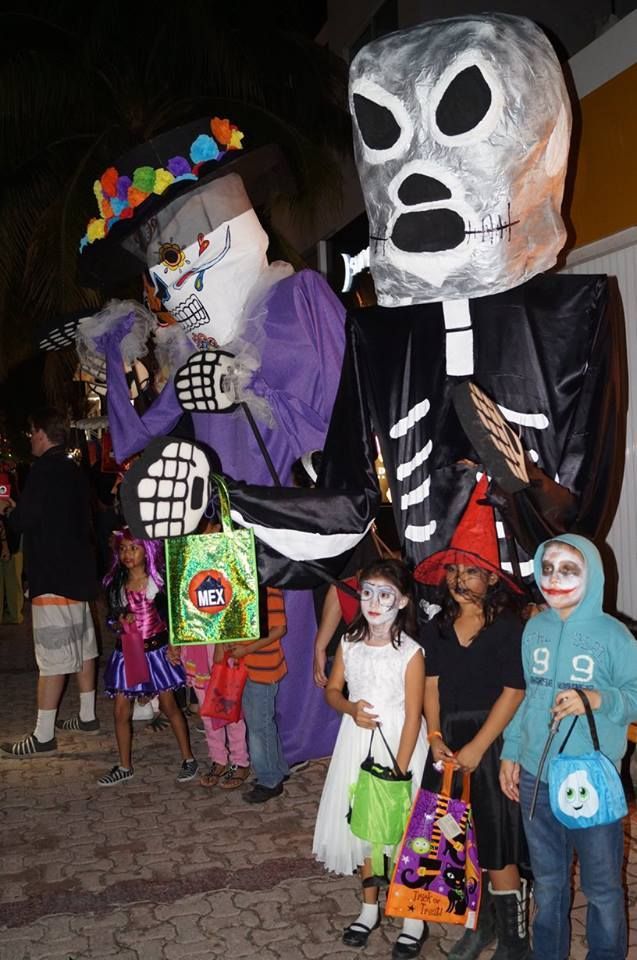
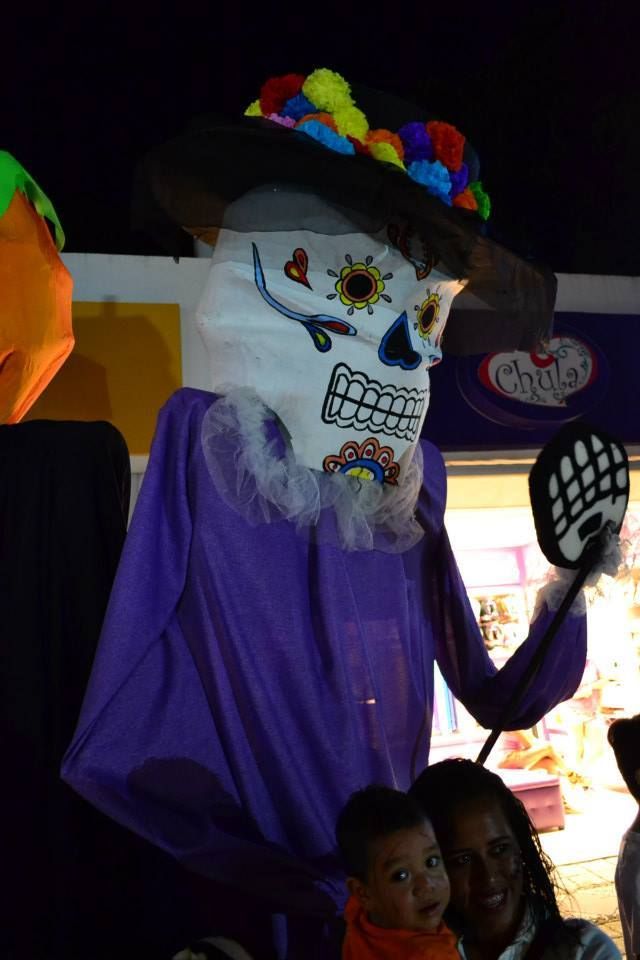


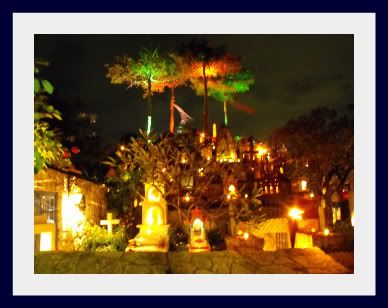 1. Xcaret
1. Xcaret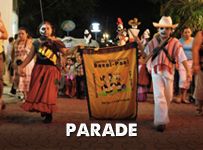
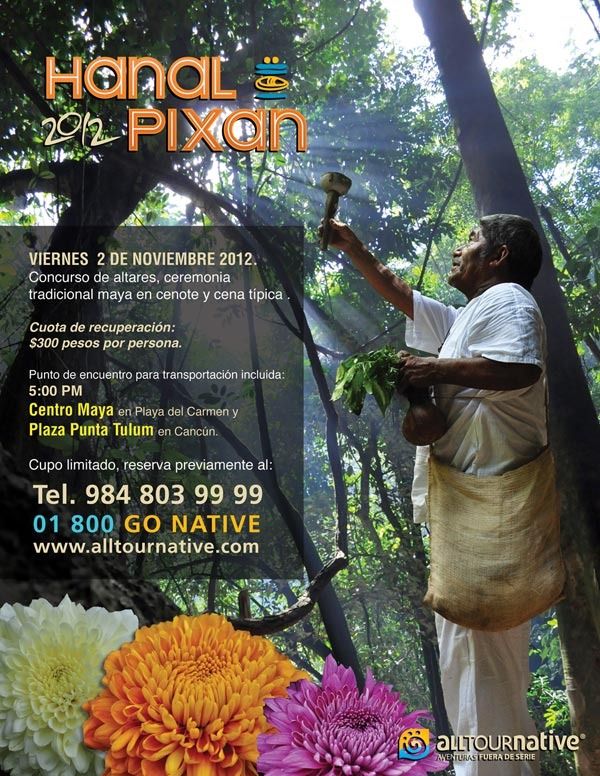
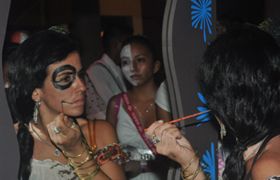 This beautiful little park is just across the highway from downtown and, besides being a relaxing place to spend an afternoon walking around or sipping a coffee, it serves as a center for events and culture for both locals and many expats. The park is largely supported by Xcaret and offers an extension of that park’s activities, with events running on Nov. 3 and 4th. These include theater, photography displays and workshops for face painting and funeral masks – all with Day of the Dead themes, of course.
This beautiful little park is just across the highway from downtown and, besides being a relaxing place to spend an afternoon walking around or sipping a coffee, it serves as a center for events and culture for both locals and many expats. The park is largely supported by Xcaret and offers an extension of that park’s activities, with events running on Nov. 3 and 4th. These include theater, photography displays and workshops for face painting and funeral masks – all with Day of the Dead themes, of course.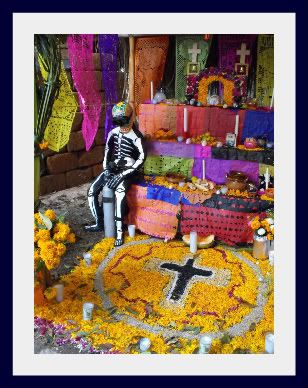 5. Fundadores Park
5. Fundadores Park